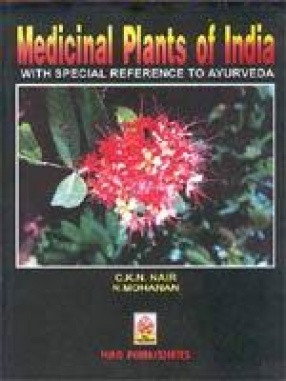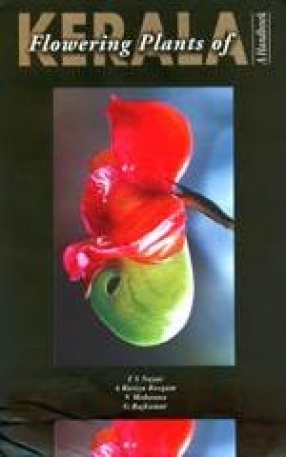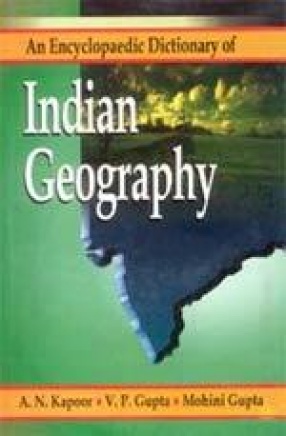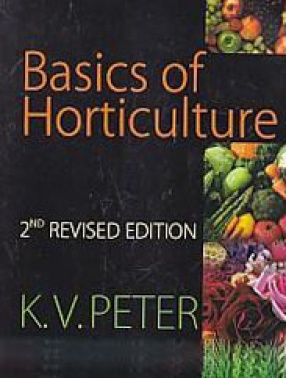Conservation of biodiversity is essential for survival of life on earth. Various steps have been taken world over to achieve this goal. Convention on Biological Diversity (CBD) is the most important and globally binding effort made towards this. But it is a pitty that even now, our knowledge on biodiversity of this planet is very meagre. Tropical forests which harbour over two-third of world’s biodiversity still remain under explored. It is also quite alarming that maximum destruction is happening in such forests. Hence every efforts towards exploration and documentation of biological wealth is highly appreciable because there are very many chances for species to get extinct before they are made known to the world. In recent years Agasthyamala and its environs has attracted attention of various botanists due to high endemism, presence of relic flora and richness in medicinal plant wealth. Considering this uniqueness, Henry et al. (1984) have recommended the area as potential to be conserved as Biosphere Reserve. IUCN (1987) also have identified Agasthyamala and its environs as one among the three important mega centres of diversity within India which needs immediate conservation. (Recently in 2001, the Government of India has declared Agasthyamala as a Biosphere Reserve). Survey and documentation of biodiversity is the first step for launching any conservation programme. But it is a pity that even now documentation of biodiversity is not completed with respect to developing and underdeveloped countries. Present book has been prepared with this objective in mind. Agasthyamala, situated at the southern most end of Western Ghats is very unique in floristic wealth with a very rich and diverse vegetation, having high concentration of endemism. Considering this, Agasthyamala has been declared recently as a biosphere reserve. Survey and documentation of angiosperm flora of Agasthyamala Biosphere Reserve is attempted in the present work. This book deals with 1117 species of flowering plants located at Agasthyamala, coming under 585 genera and 126 families. Benthem and Hooker’s classification is followed for the treatment. Correct nomenclature, detailed description and distributional records are provided for each species. Artificial key to families, genera and species are also provided. 30% of the flora is composed of endemic species. 27 species listed in red data book of Indian plants were located during present study, which include 7 species rediscovered after over 100 years. 6 species were described new to science. 92 species closely related to cultivated crops were also recorded. The book include 32 colour photographs and 24 line drawings pertaining to different vegetation types and some very interesting plants.
Flora of Agasthyamala
In stock
Free & Quick Delivery Worldwide
reviews
Bibliographic information
Title
Flora of Agasthyamala
Author
Edition
1st Ed.
Publisher
ISBN
8121102413
Length
viii+889p., Figs.
Subjects







There are no reviews yet.